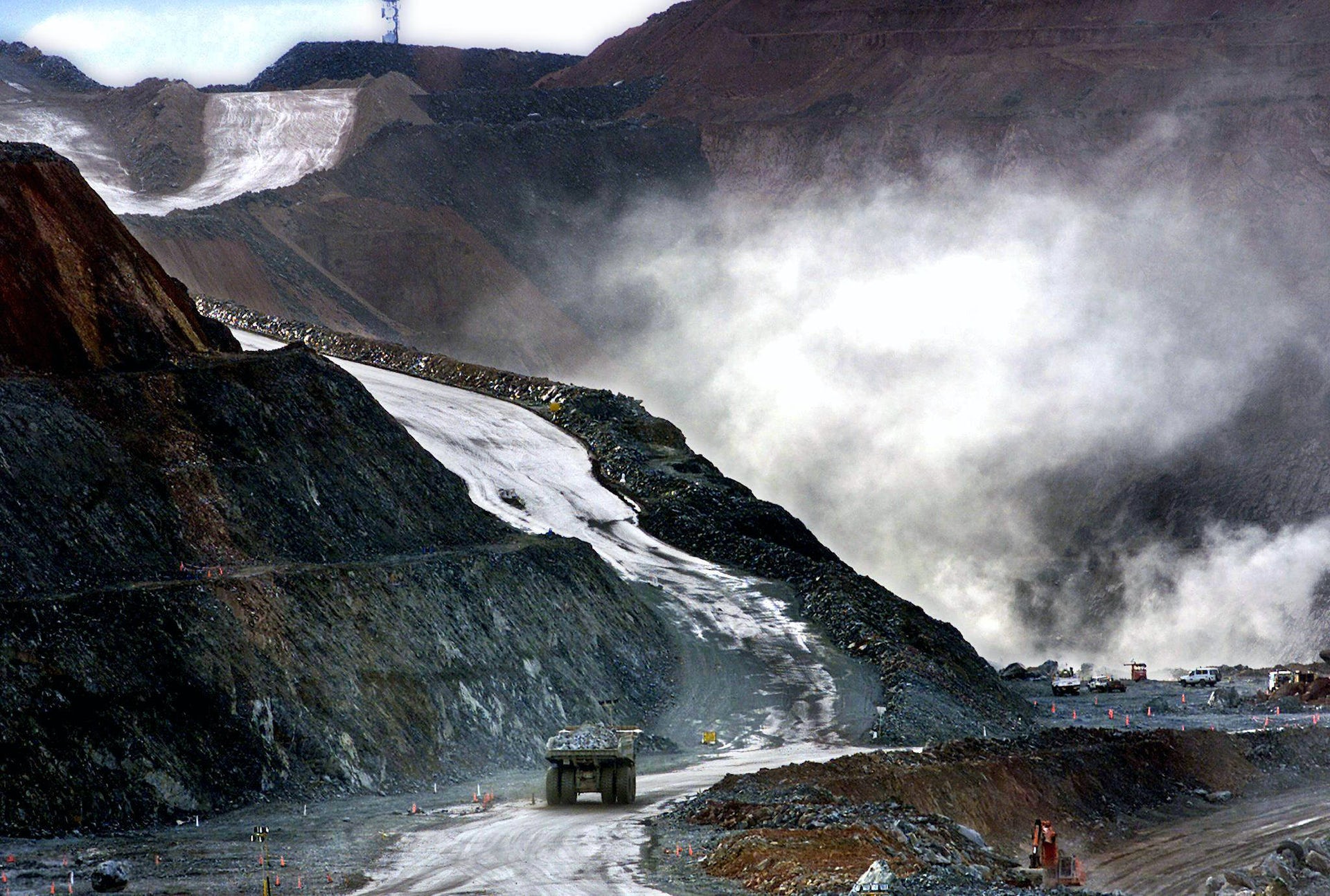Data underlines Australia’s two-speed economy – StartupSmart
CommSec chief economist Craig James has a new way for us to see Australia’s two-speed economy: There’s Western Australia and then there’s the rest of the country.
Australia’s booming mining state has again been ranked as the top-performing economy by CommSec, which assesses eight criteria – economic growth; retail spending; equipment investment; unemployment; construction work done; population growth; housing finance and dwelling commencements – against long-term averages to determine which economies are outperforming.
“Western Australia leads the way on economic growth, construction work, unemployment, retail trade, population growth and equipment investment,” James says in his report, released this morning.
“The only real weakness is dwelling starts (fifth ranked) and housing finance (third ranked).”
The Australian Capital Territory and Victoria were ranked in the second rank of economies, joined by improved Queensland and the Northern Territory, both of which are being propelled by the mining boom.
There was then a gap to New South Wales and South Australia, with Tasmania ranked as our worst-performing economy.
“The Federal Treasurer calls it a “patchwork” economy. And it is hard to argue with the description,” James says.
“Western Australia is in strong shape, coming out on top in six of the eight indicators. At the other end of the scale is Tasmania, finishing at the bottom of five of the eight indicators.”
Digging deeper into the CommSec ranking, it becomes clear just how important a driver the mining boom is for Australia’s economy.
Western Australia is well ahead of the pack in terms of economic growth, equipment investment, construction activity and population growth, with Queensland and the Northern Territory also ranking well in these measures.
Alternatively, Australia’s biggest states – Victoria and New South Wales – remain exposed to sluggish housing sectors.
Let’s look at the strengths and weaknesses of each state, in the order they were ranked by CommSec:
Western Australia
As the mining boom rolls on, the gap between the West’s economy and the rest of the country gets bigger.
From retail trade to private investment, Western Australia is clearly the leader of the pack and likely to remain so for some time, with a series of large resources projects still to come on stream.
The state’s only weakness is its housing market, where housing finance and dwelling commencements remain weak.
Australian Capital Territory
The ACT might be a small economy, but it’s performing strongly compared to the rest of the nation. The ACT leads the pack in terms of dwelling starts and is also performing well in the categories of construction and population growth, where it ranks second to Western Australia.
The weak spots are equipment investment and unemployment, although the labour market remains strong.
Northern Territory
The Northern Territory’s strong pick-up in performance can be attributed to new resource projects, including the $34 billion Inpex liquefied natural gas project, which will be a huge boon to the small economy.
The NT ranked second behind Western Australia for economic growth and retail trade, but population growth remains an issue.
Victoria
CommSec’s data shows Victoria to be a solid performer – middle of the road in retail spending, economic growth, top-end construction and population growth.
But its current strength – dwelling starts – could also prove to be its weakness, with the longer-term trend in the housing market looking worrying. A softer job market – partly due to job losses in the manufacturing sector – is also a concern.
Queensland
The Queensland economy is now ranked equal fourth in the CommSec list with Victoria thanks to two drivers: rebuilding work following the floods as well as solid activity in its mining regions.
However, the housing market remains weak and the state’s performance is being held back by below-average population growth.
South Australia
Craig James’ summation of the performance of the SA economy is worth quoting: “South Australia has also lost ground, but largely because other economies are performing relatively better.
South Australia didn’t excel on any of the indicators, but it didn’t fail either.” Housing finance remains the state’s weak point.
New South Wales
The labour market in Australia’s most populous state remains strong, and population growth is above long-term averages, but this isn’t helping NSW climb the CommSec rankings for one reason – housing.
The state ranks low on dwelling starts, construction and housing finance, robbing NSW of the significant multiplier effect that a strong housing market brings.
Tasmania
The island state remains the laggard of the Australian economy, ranking poorly on every metric except equipment finance.
Could this be the factor that sparks an improved performance? James is hopeful, but he also says Tasmania “arguably is the number one candidate of any regional income redistribution as the Federal Government seeks to share the benefits of the mining boom across the broader Australian economy.”
This story first appeared on SmartCompany.

